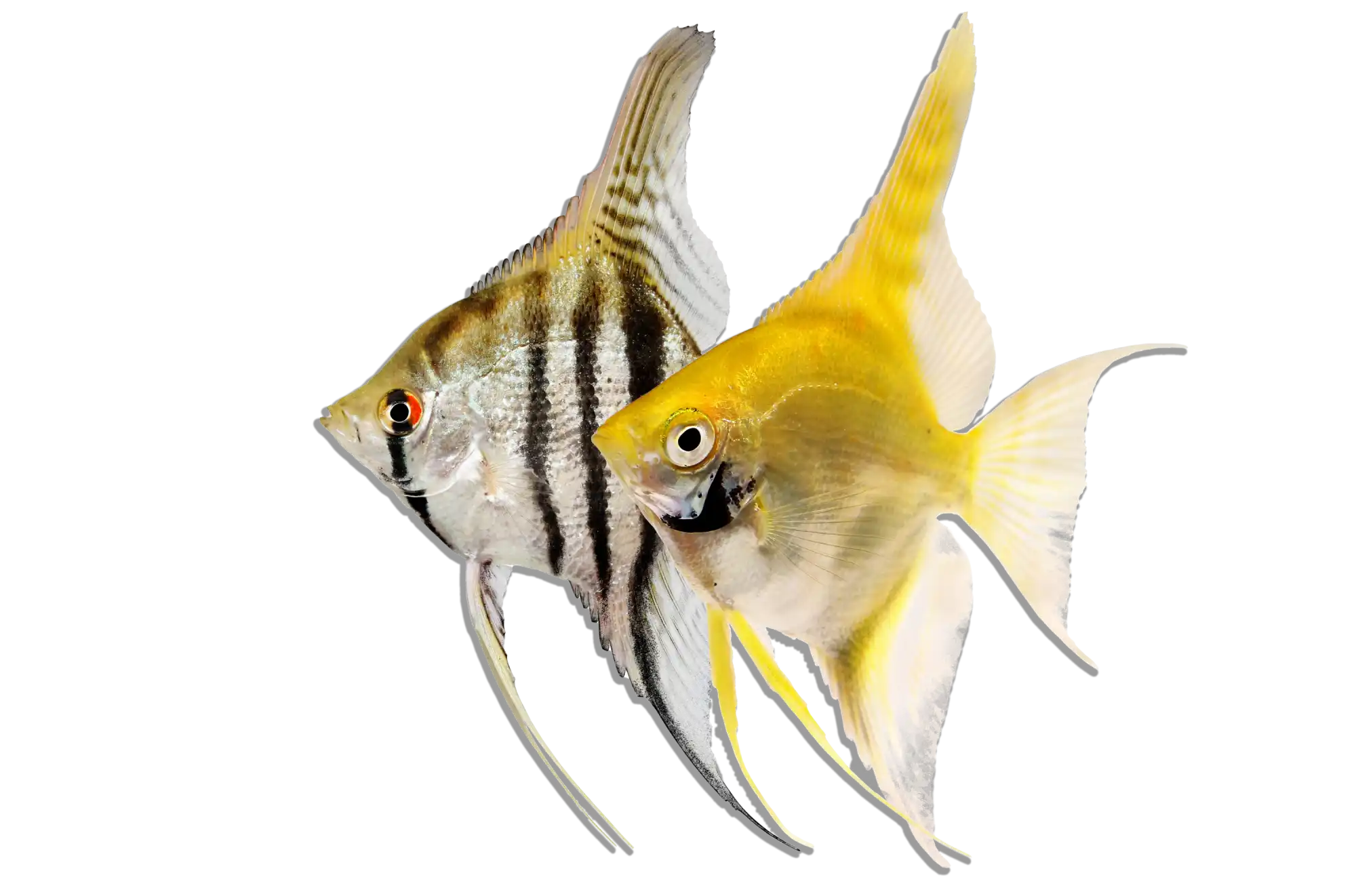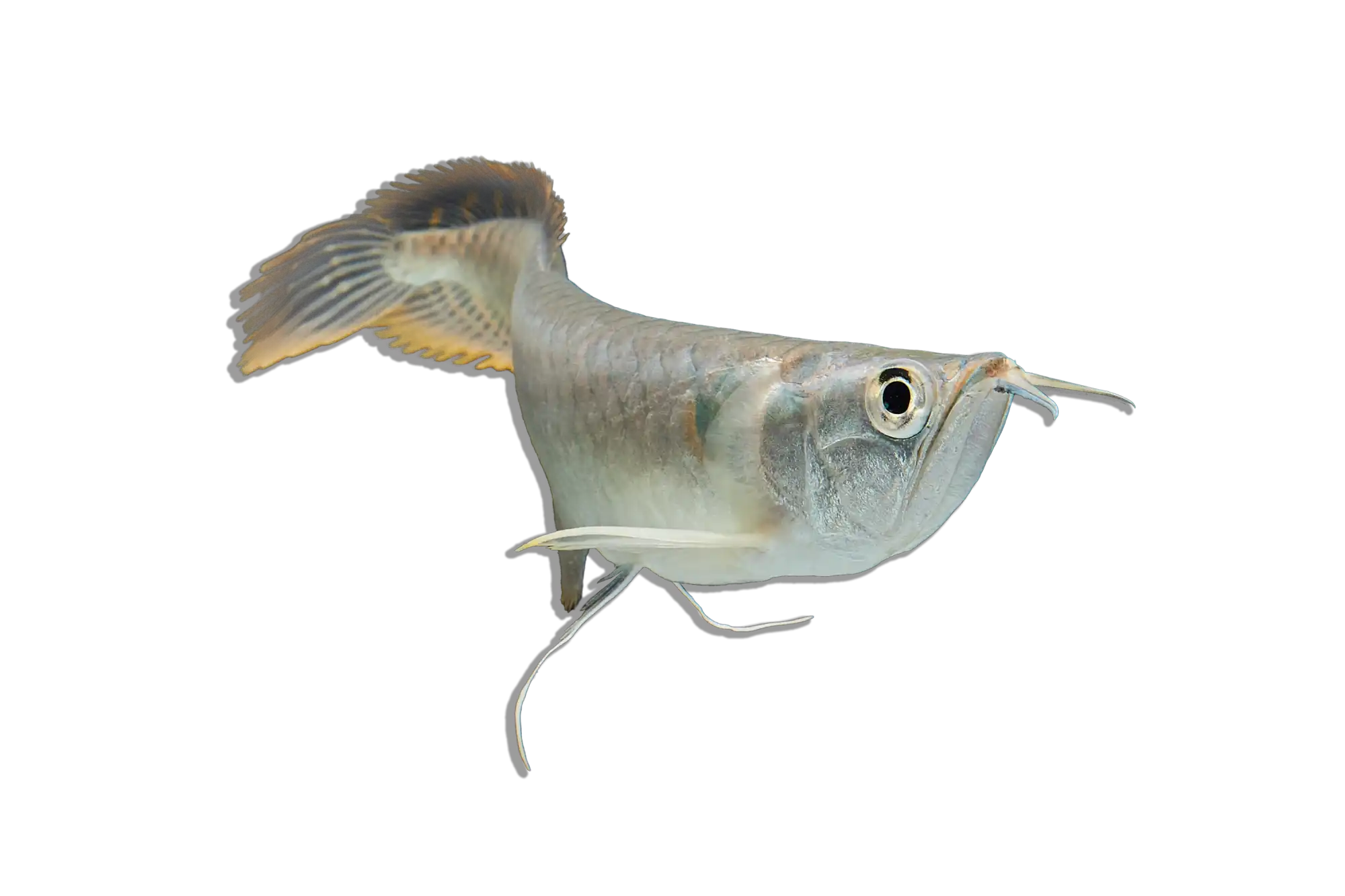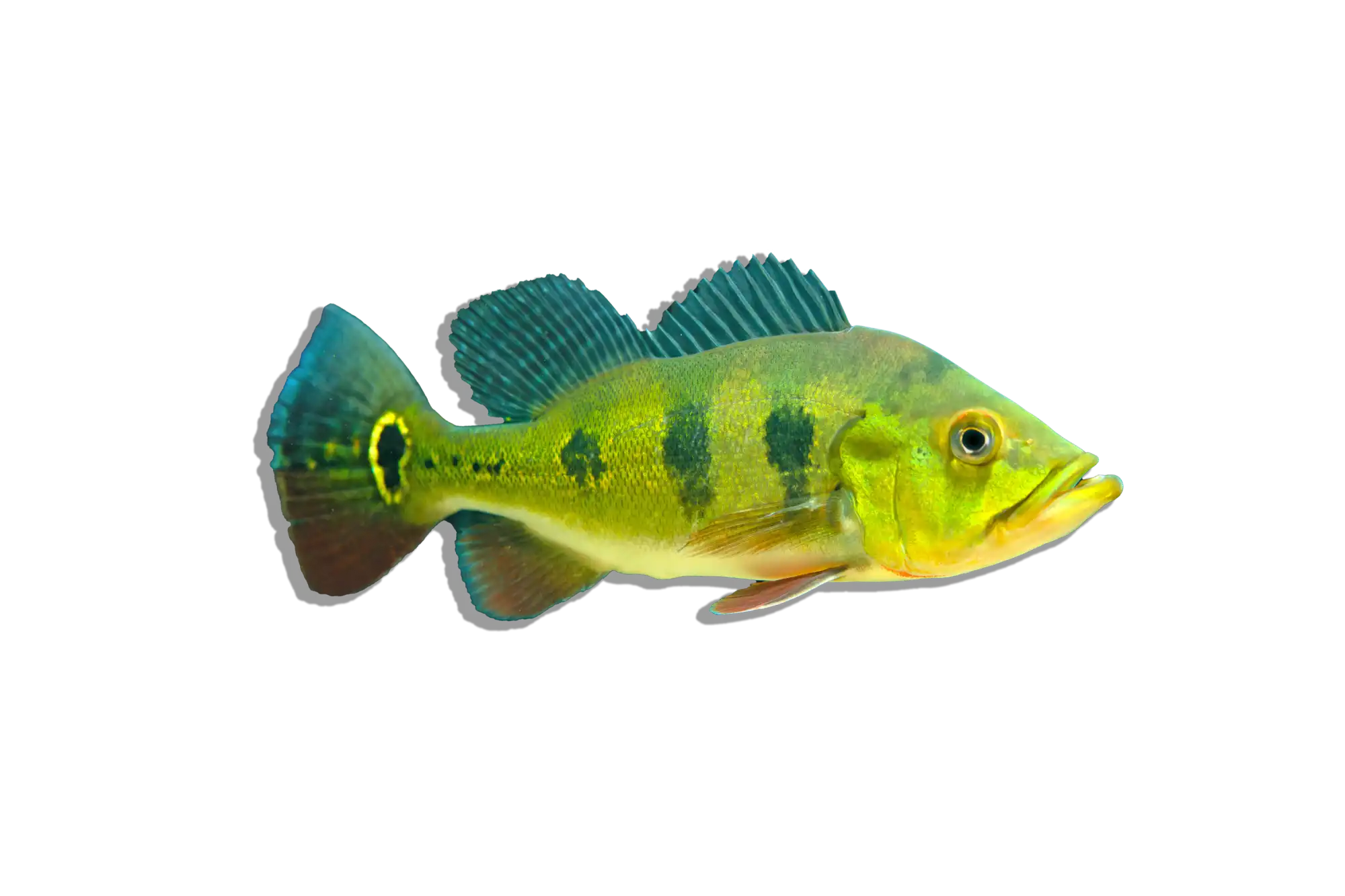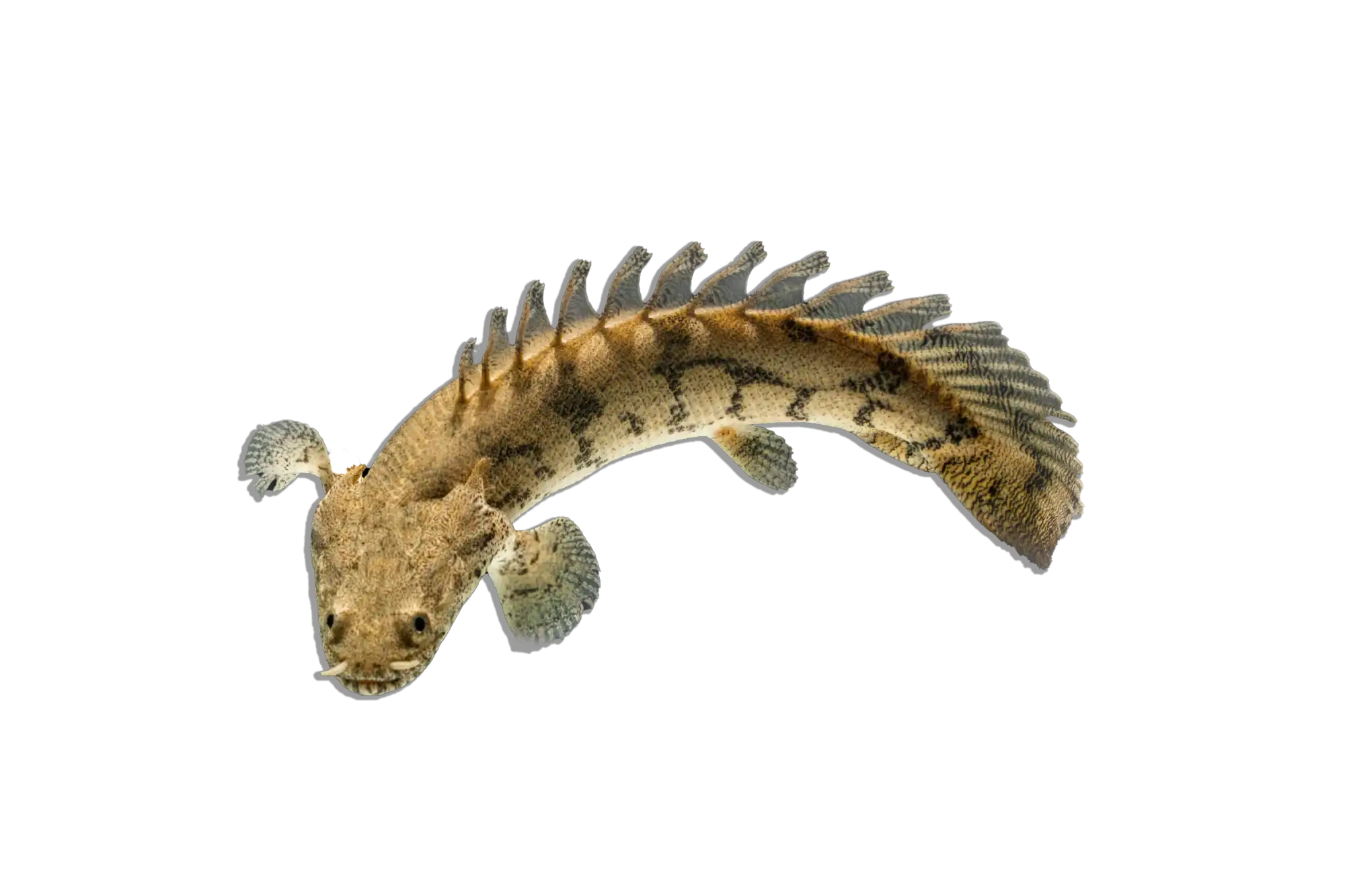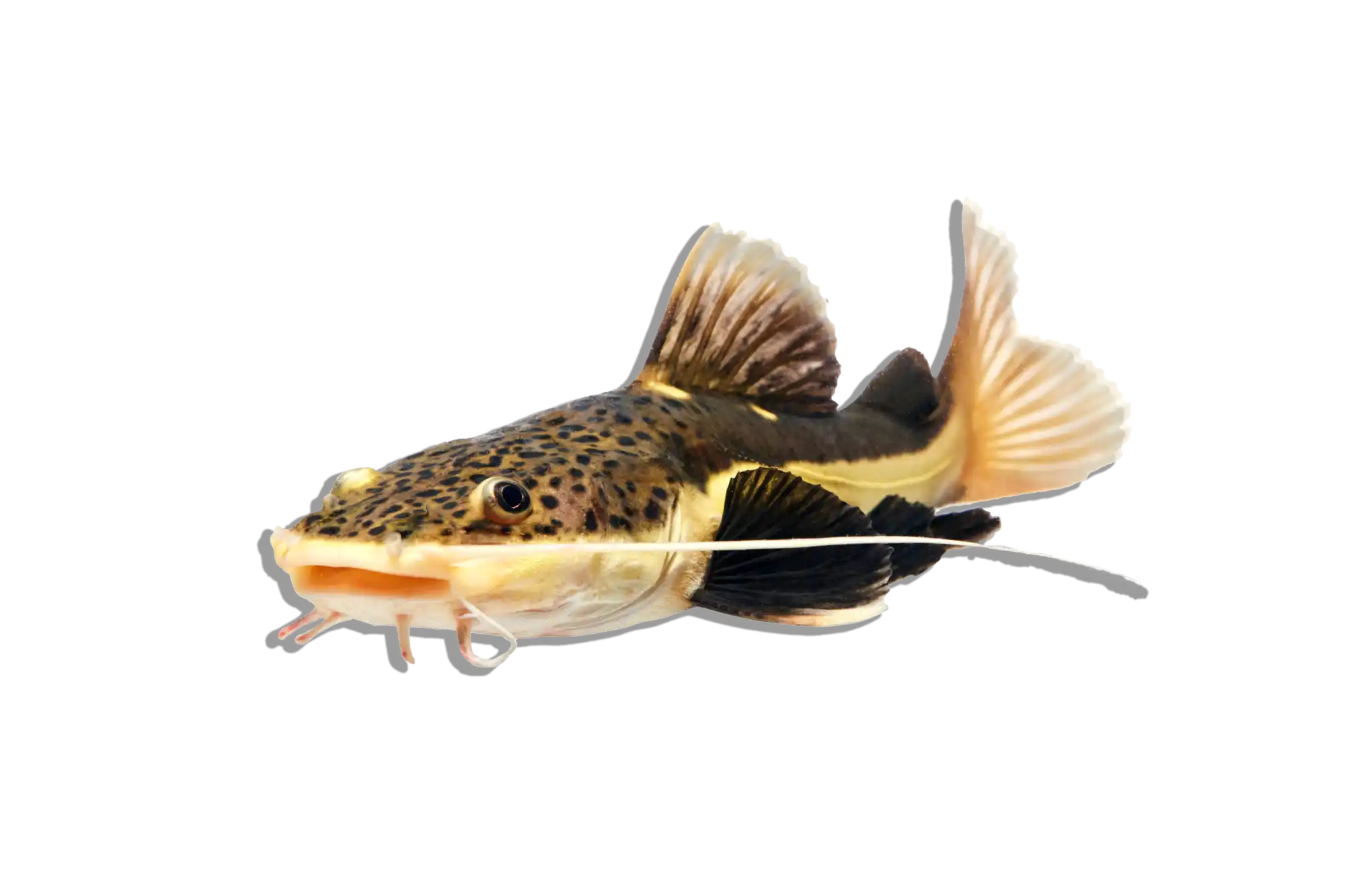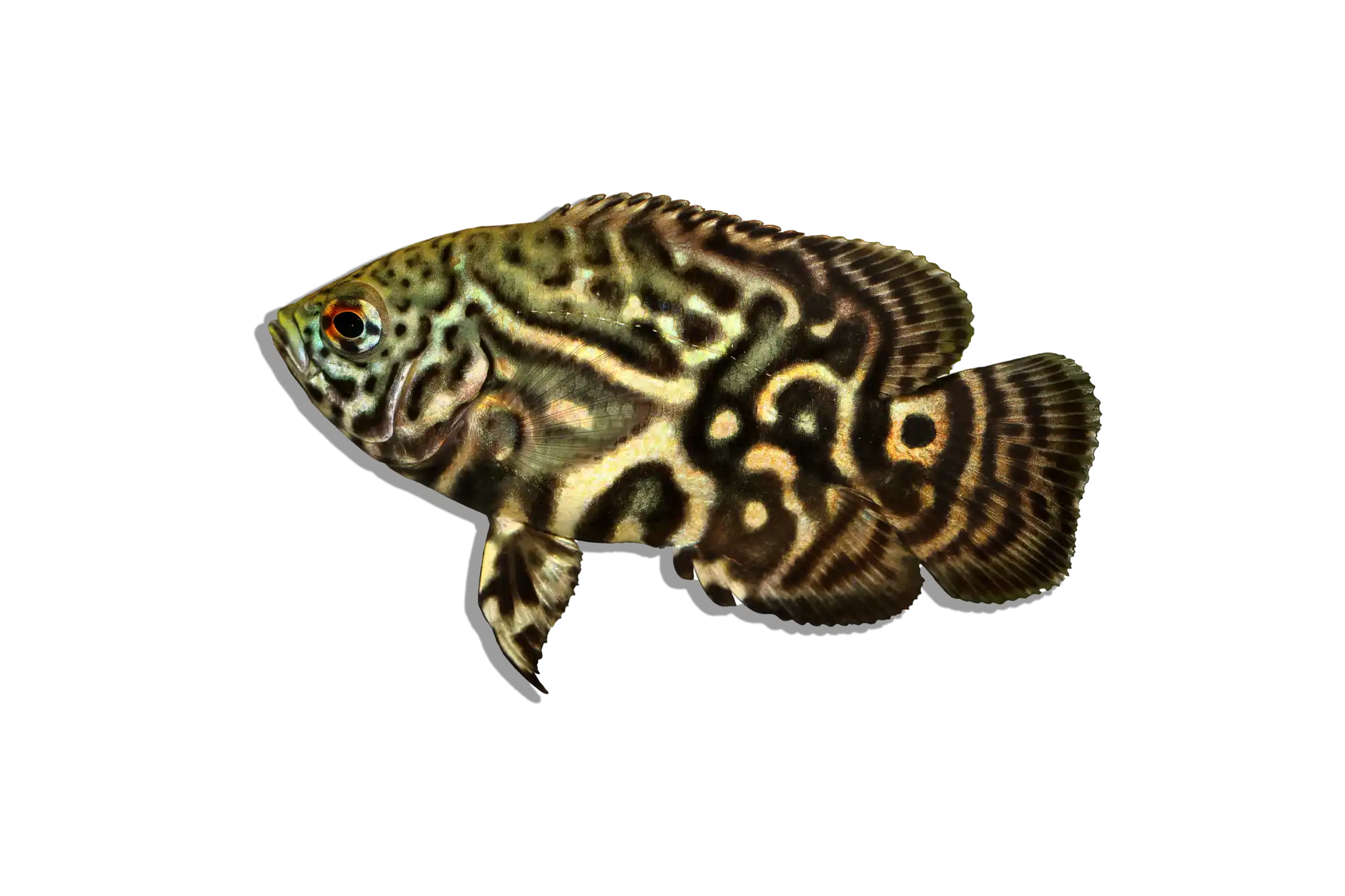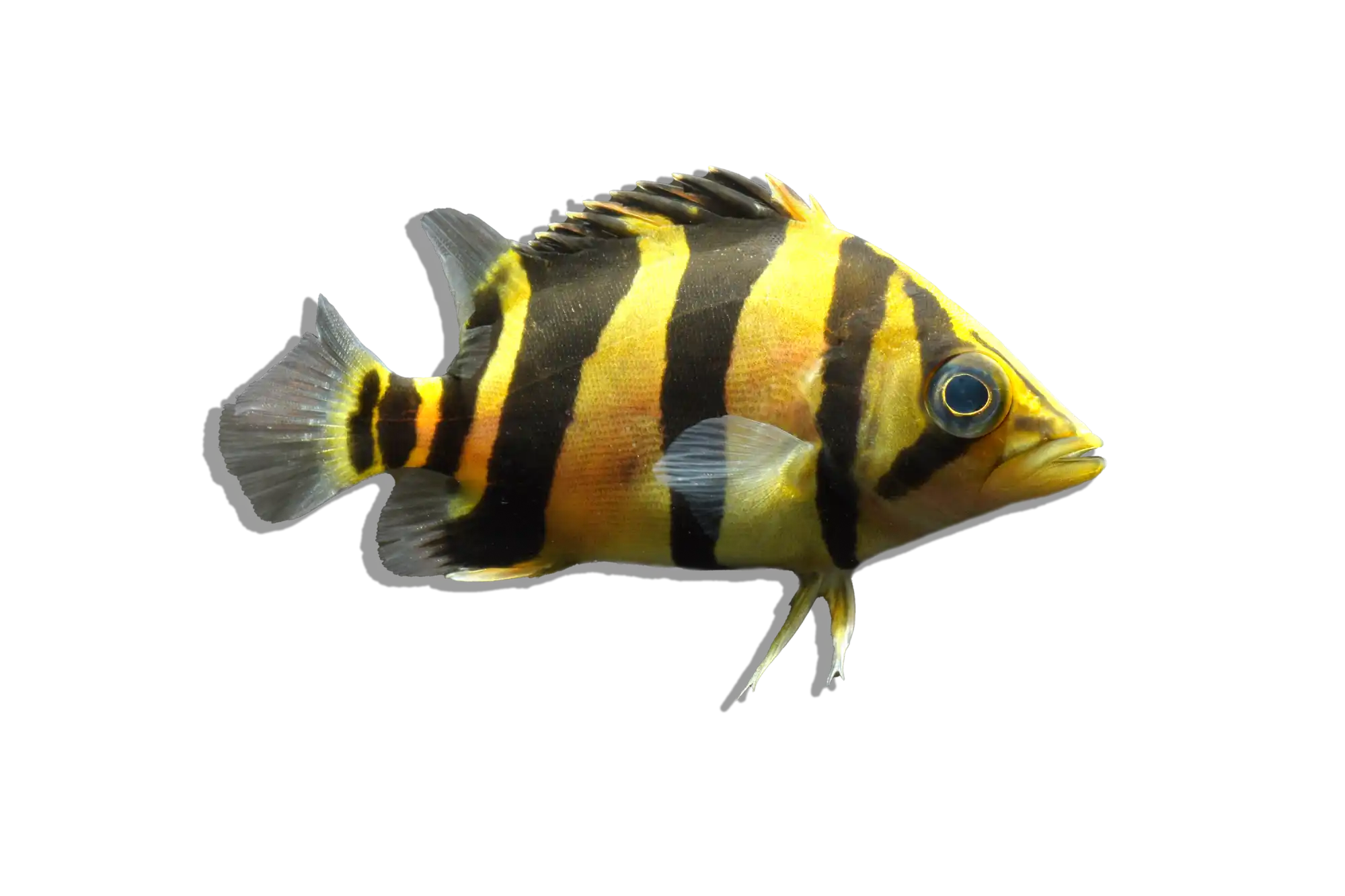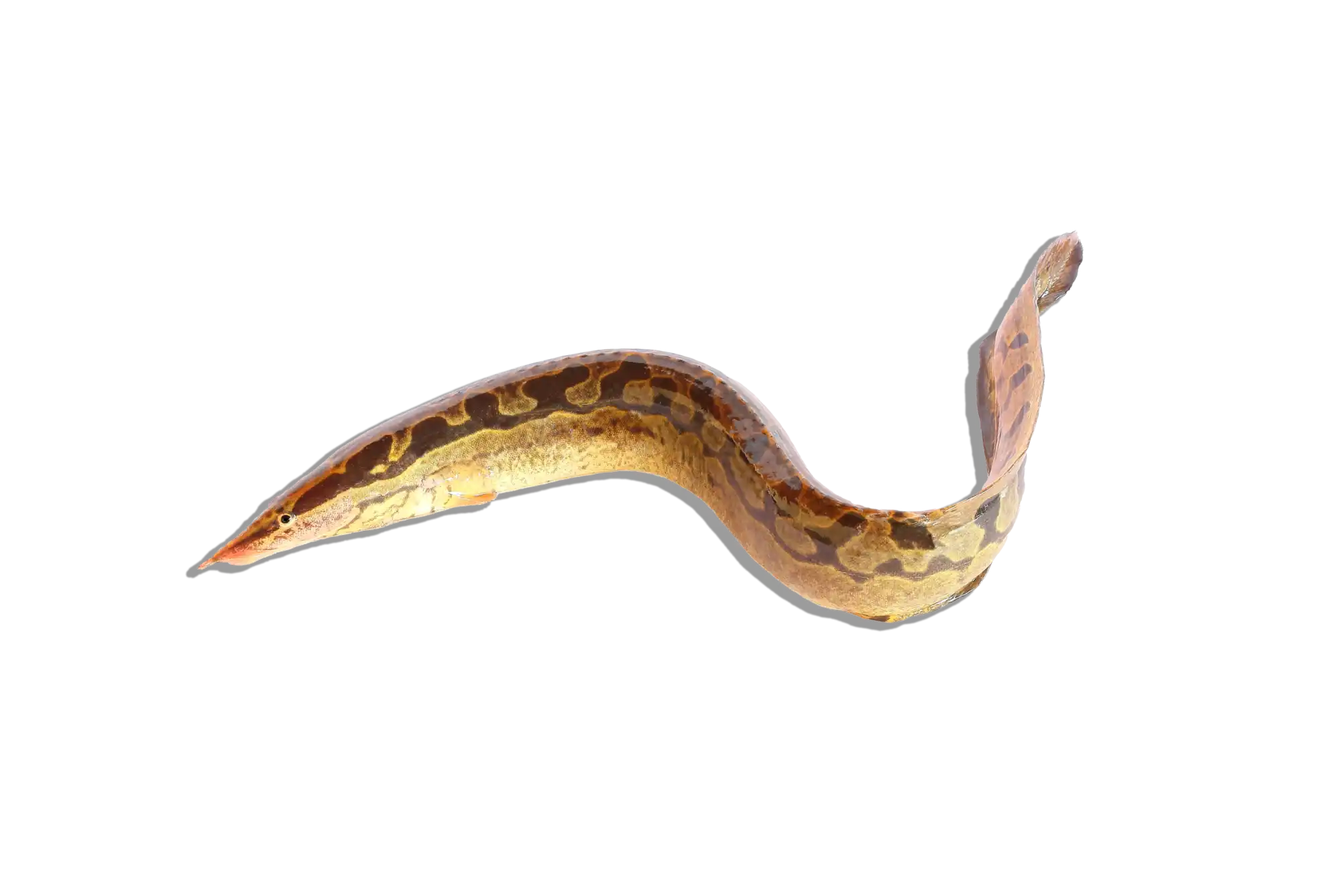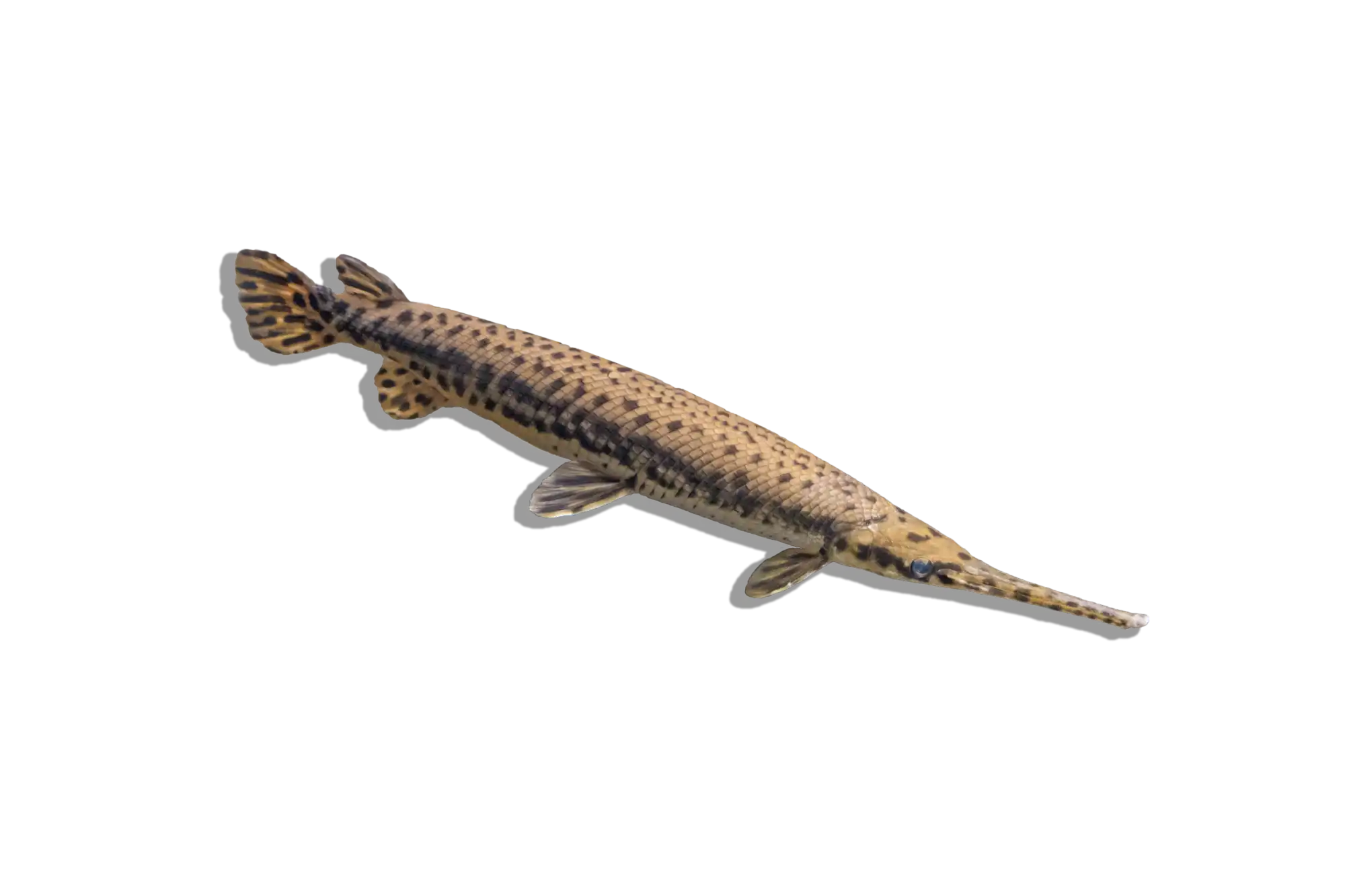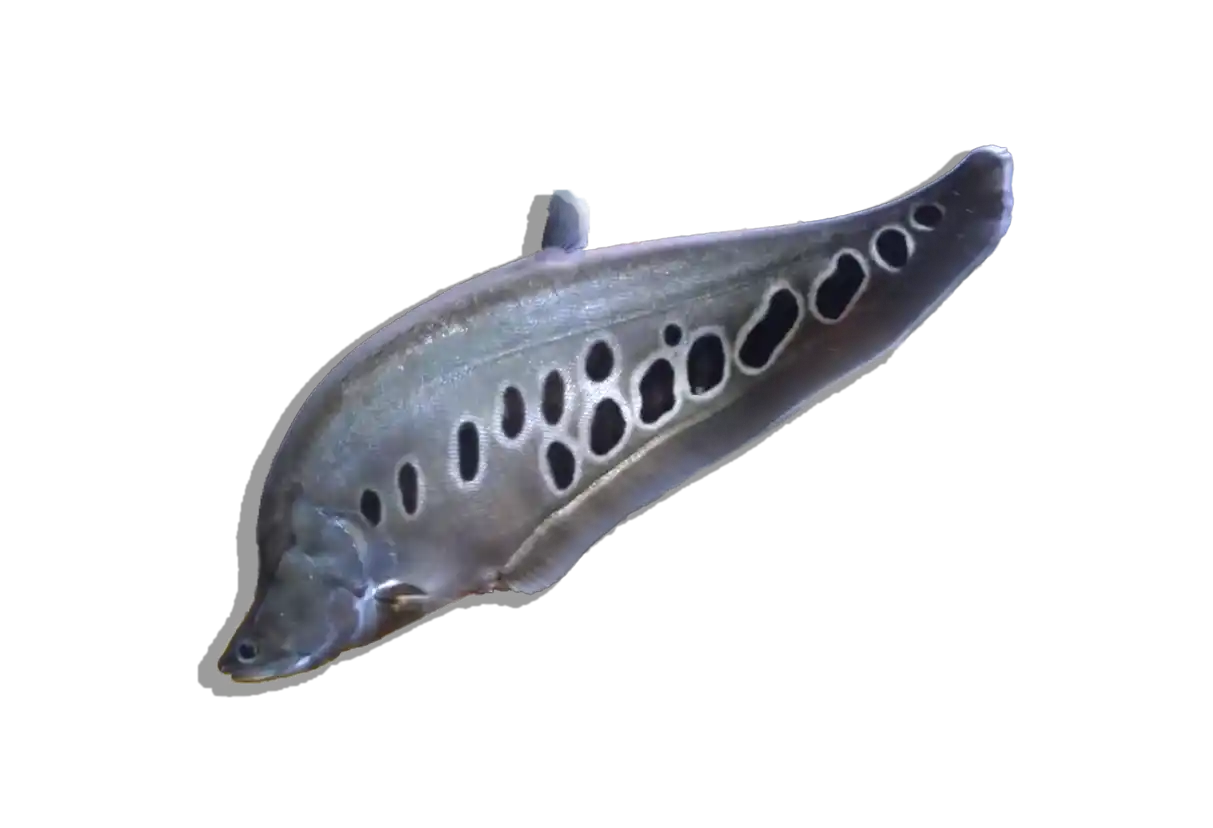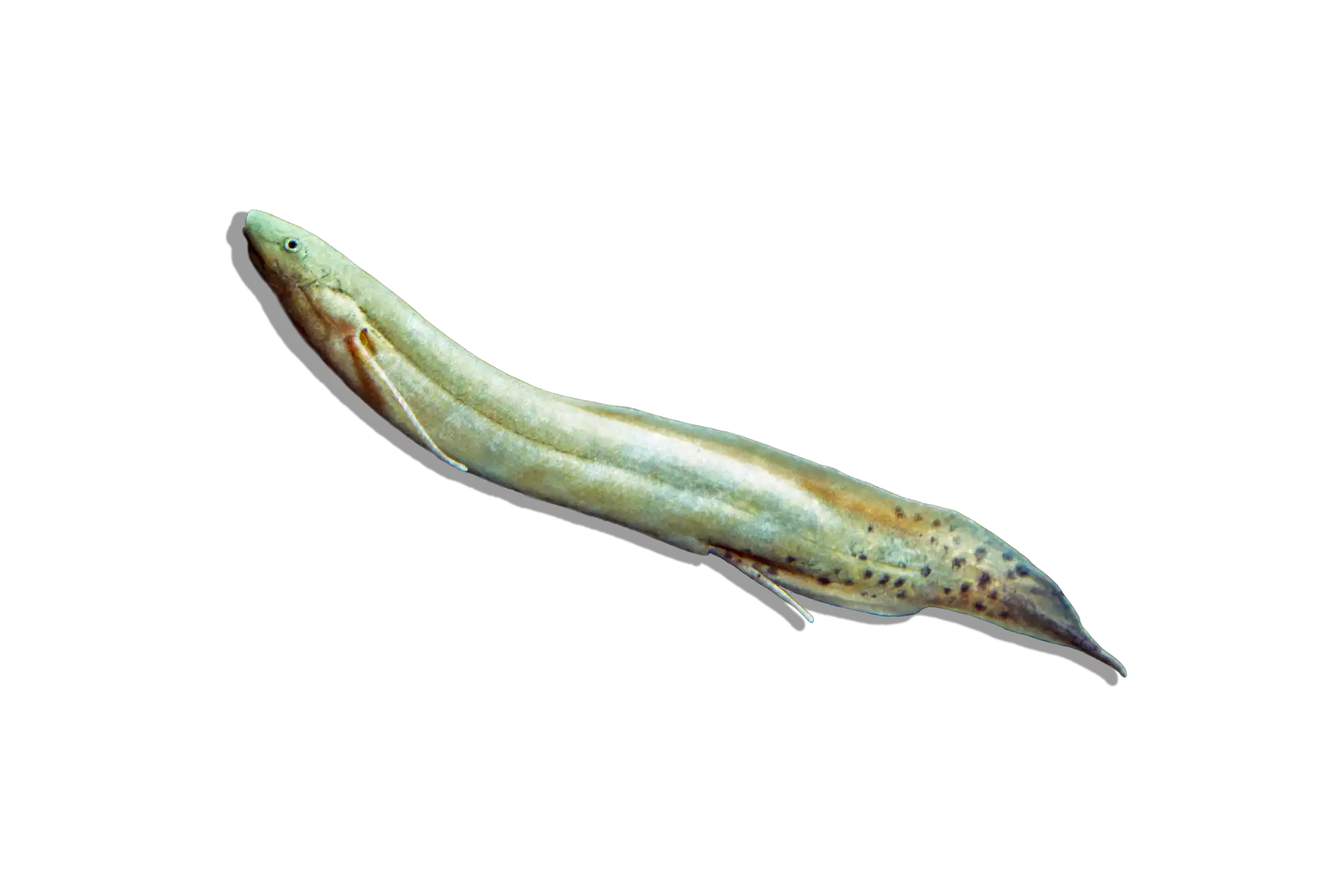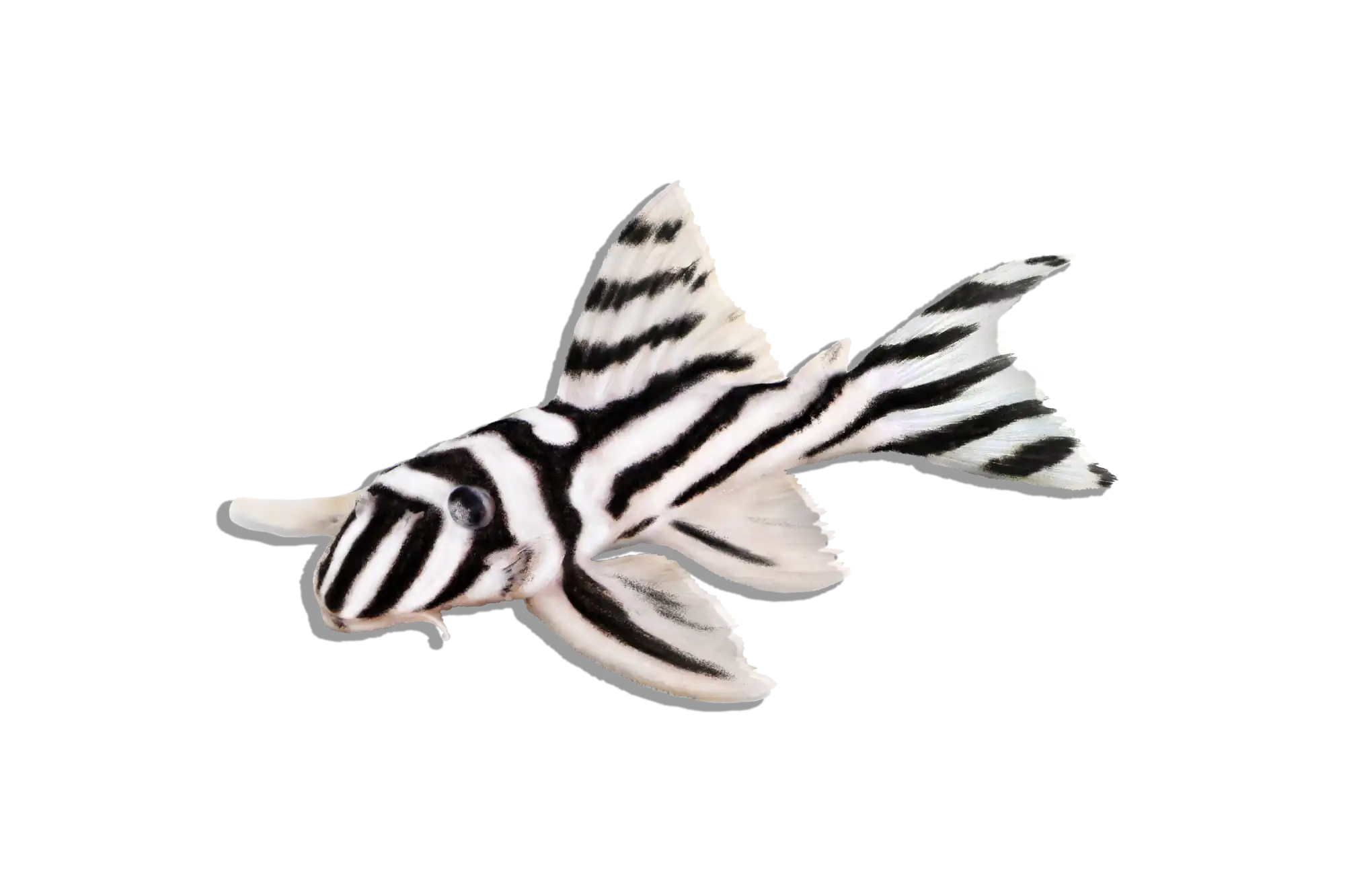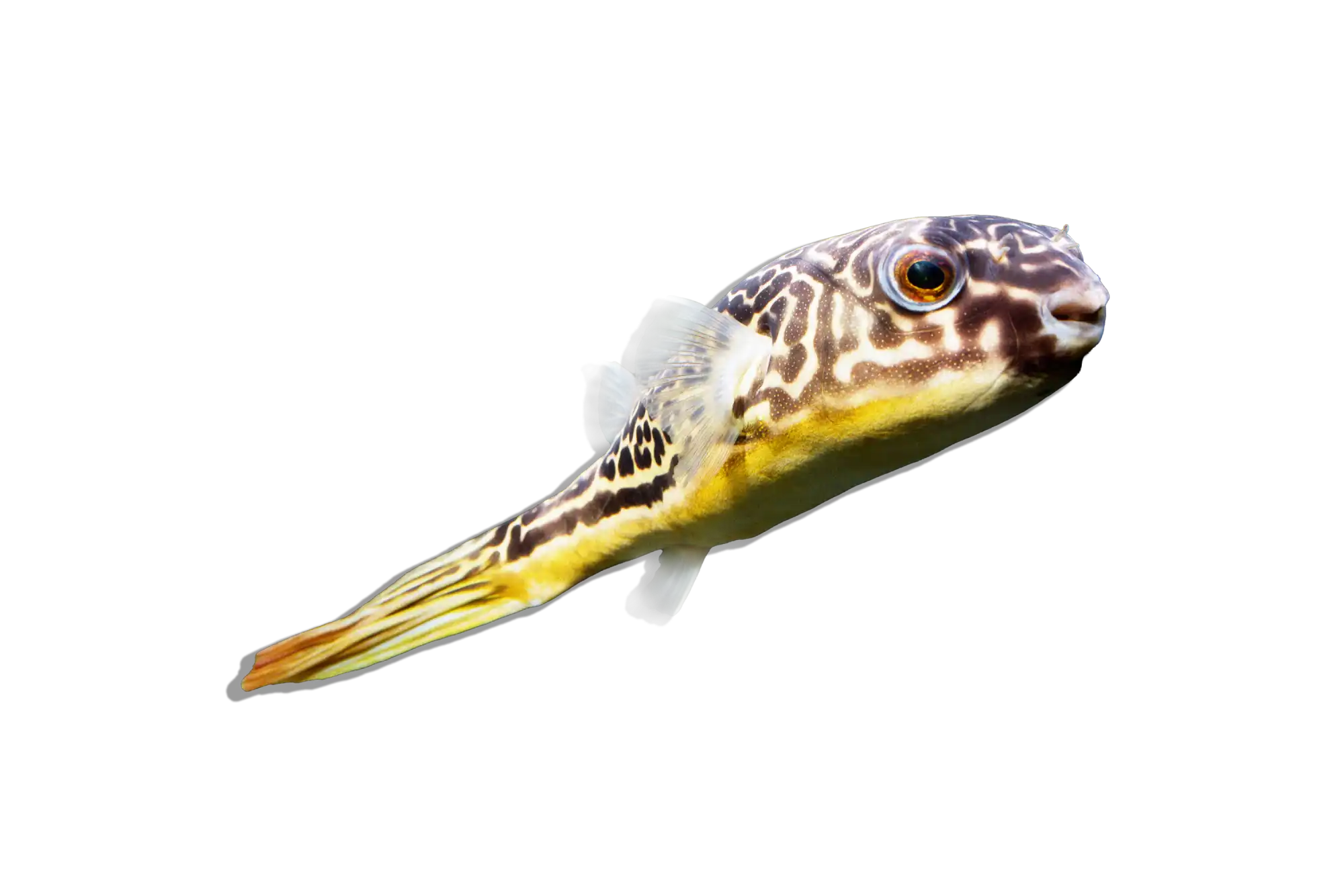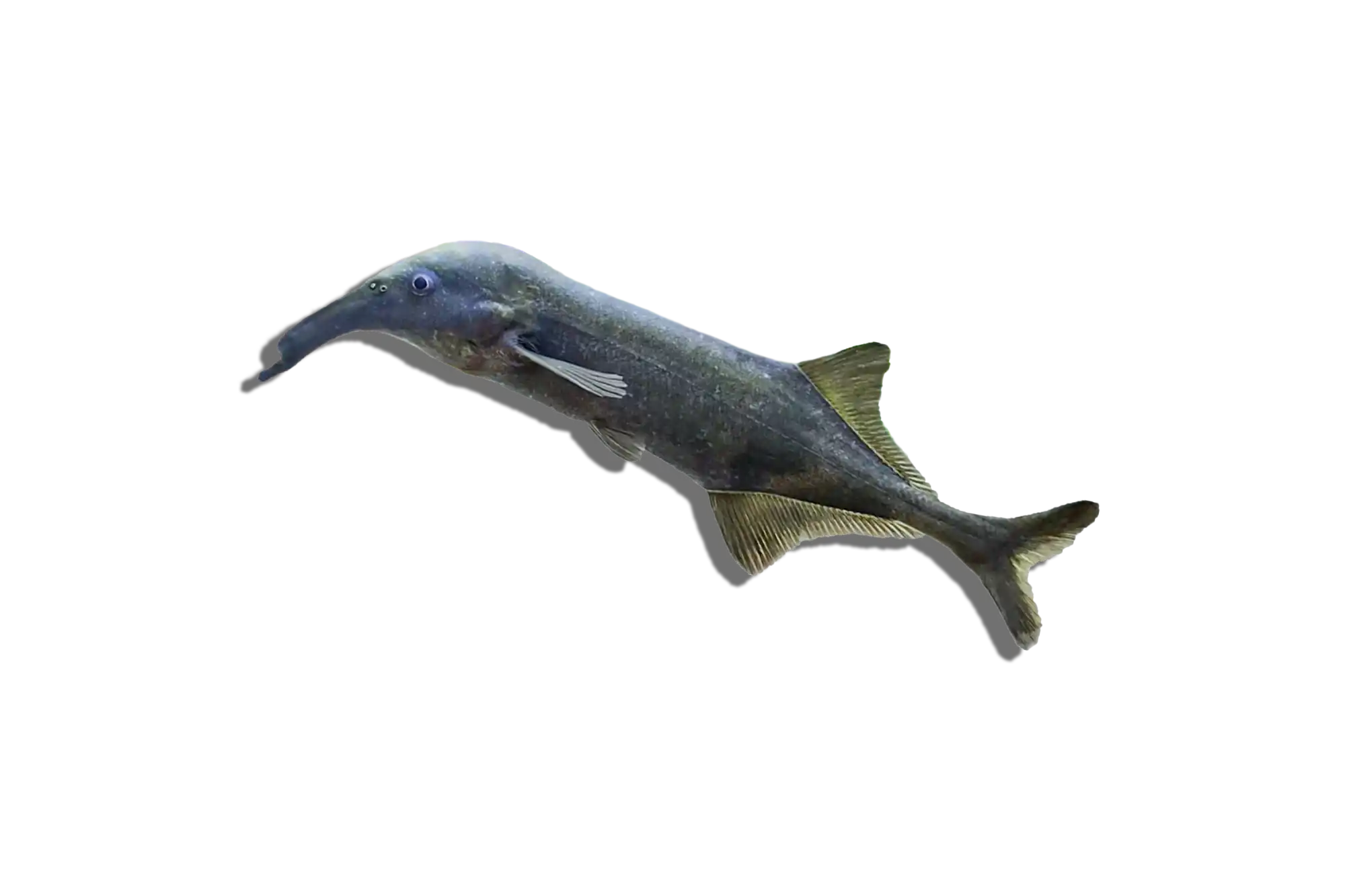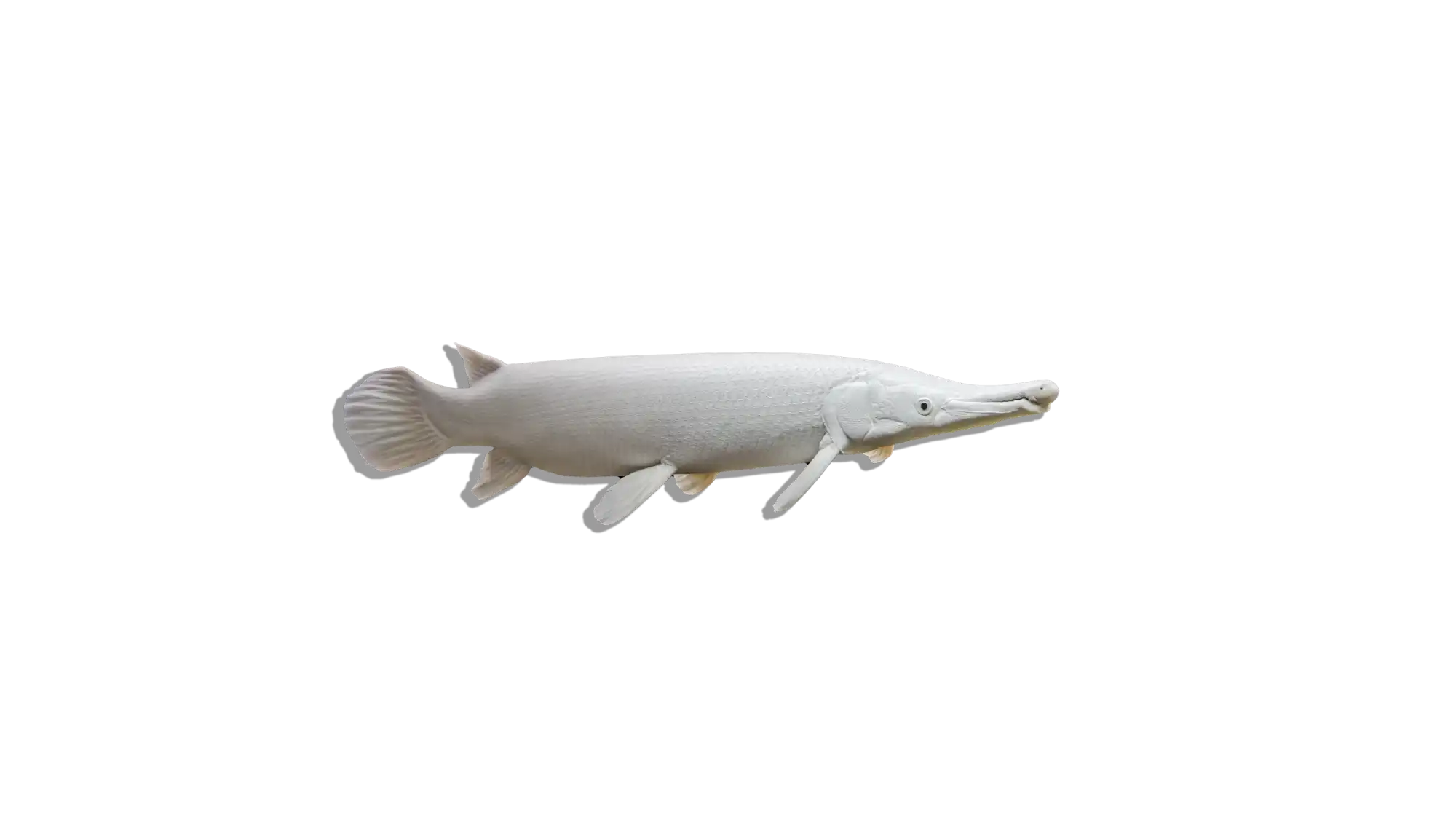Description
Common Name: L27 Rio Tapajos Royal Pleco
Scientific Name: Panaque armbrusteri
Other Names: Royal Pleco, Royal Panaque
The L27 Rio Tapajos Royal Pleco is a magnificent freshwater fish known for its impressive size and striking appearance. It features a dark olive to brown body adorned with bold, irregular cream or gold lines that give it a majestic look. The body is robust and covered in hard bony plates, providing protection and a rugged appearance. The Royal Pleco also has strong, bristle-like teeth adapted for scraping wood, which is a significant part of its diet.
Habitat and Distribution:
The L27 Rio Tapajos Royal Pleco is native to the Tapajos River in Brazil. These fish inhabit slow-moving or still waters with sandy or muddy substrates and an abundance of submerged wood. The clear, warm waters of the Tapajos River provide an ideal environment for these wood-grazing fish.
Size and Lifespan:
In both the wild and captivity, L27 Rio Tapajos Royal Plecos can grow up to 14-18 inches (35-45 cm) or more. With proper care, their lifespan can range from 10 to 15 years, depending on the quality of their diet and water conditions.
Diet and Behavior:
L27 Rio Tapajos Royal Plecos are primarily xylophagous, meaning they feed on wood. In their natural habitat, they consume submerged wood, algae, and biofilm. In an aquarium, their diet should include high-quality sinking wood pellets, fresh vegetables such as zucchini, cucumber, and sweet potato, as well as algae wafers. Providing driftwood in the tank is essential as it is a significant part of their diet and helps wear down their teeth. These plecos are generally peaceful and can be kept with other non-aggressive fish, making them suitable for community tanks.
Breeding and Reproduction:
Breeding L27 Rio Tapajos Royal Plecos in captivity is challenging and rarely achieved. They are cave spawners, with the female laying eggs in a secluded spot such as a small cave or hollow piece of driftwood. The male guards the eggs until they hatch. To encourage breeding, provide plenty of hiding spots and caves, and maintain optimal water conditions with regular water changes. Successful breeding typically requires very large, well-maintained tanks.
Aquarium Care and Tank Requirements:
Due to their large size and specialized diet, L27 Rio Tapajos Royal Plecos require a very large aquarium, with a minimum of 150-200 gallons recommended for adult specimens. The tank should have a soft, sandy or fine gravel substrate to prevent injury to their delicate barbels. Include plenty of hiding spots created with rocks, driftwood, and caves to mimic their natural habitat and reduce stress. Efficient filtration and regular water changes are essential to maintain water quality, as these fish produce a significant amount of waste. The water temperature should be kept between 75-82°F (24-28°C), with a pH of 6.5-7.5 and soft to moderately hard water.
Ideal Tank Mates:
L27 Rio Tapajos Royal Plecos can be kept with other large, peaceful fish that share similar water parameter requirements. Suitable tank mates include large tetras, peaceful cichlids, and other large catfish. Avoid housing them with small or delicate species that may become targets of aggression or predation.
Difficulty Level:
Intermediate to Advanced. Keeping L27 Rio Tapajos Royal Plecos requires a deep understanding of their needs, including their large size, dietary requirements, and specific water quality needs. They are best suited for experienced aquarists with the space and resources to provide proper care.
Water Parameters:
- Temperature: 75-82°F (24-28°C)
- pH: 6.5-7.5
- General Hardness (GH): 5-15 dGH
- Carbonate Hardness (KH): 4-10 dKH
- Ammonia: 0 ppm (ideal)
- Nitrite: 0 ppm (ideal)
- Nitrate: <20 ppm (ideal)
Additional Information:
- The L27 Rio Tapajos Royal Pleco’s vibrant lines and large size make it a striking addition to any large aquarium.
- They are known for their peaceful nature and ability to coexist with a variety of tank mates, provided they are not too small.
- Fun fact: L27 Rio Tapajos Royal Plecos use their strong, bristle-like teeth to scrape and ingest wood, which is an essential part of their diet. This behavior helps keep their teeth from overgrowing.

